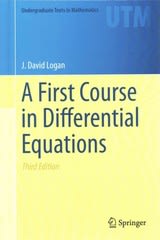Question
QUESTION 32 The Sleep Heart Health Study enrolled a randomly selected cohort of 6294 adults not treated for sleep-disordered breathing. The males and females in
QUESTION 32
- The Sleep Heart Health Study enrolled a randomly selected cohort of 6294 adults not treated for sleep-disordered breathing. The males and females in the study were classified into four groups depending on the extent of their sleep-disordered breathing (none, mild, moderate, or severe). Is there significant evidence that males and females differ in extent of their sleep-disordered breathing? Here is anincompleteMinitab output to help you answer this question.
Chi-Square Test:
Expected counts are printed below observed counts
Chi-Square contributions are printed below expected counts
nonemildmoderatesevereTotal
women2167821265993352
1826.18957.03387.18
63.60519.33538.555
men12629764622422942
1602.82839.97339.82
72.46922.02943.928
Total342917977273416294
Based on the Minitab output and your calculations, what should you conclude?
There is not enough evidence (P> 0.05) to conclude that there is an association between the severity of sleep-disordered breathing and sex.
There is no association between the severity of sleep-disordered breathing and sex (P< 0.05).
There is a significant (P< 0.05) association between the severity of sleep-disordered breathing and sex, and severe cases tend to be more common in women than in men.
There is a significant (P< 0.05) association between the severity of sleep-disordered breathing and sex, and severe cases tend to be more common in men than in women.
Step by Step Solution
There are 3 Steps involved in it
Step: 1

Get Instant Access to Expert-Tailored Solutions
See step-by-step solutions with expert insights and AI powered tools for academic success
Step: 2

Step: 3

Ace Your Homework with AI
Get the answers you need in no time with our AI-driven, step-by-step assistance
Get Started


